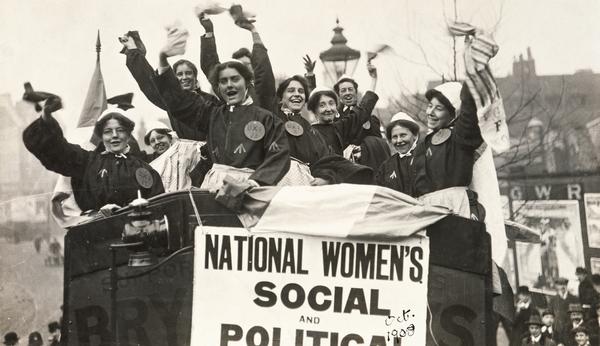Speculations on the Gendered Pronoun
By Maeva Cifuentes
There’s a riddle that goes something like this:
A father and his son are in a car accident. The father dies at the scene and the son is rushed to the hospital. At the hospital the surgeon looks at the boy and says “I can’t operate on this boy, he is my son!” How can this be?
Oddly, it takes many people quite some time to figure out that the surgeon in this story is a woman (his mother). When we do not know the exact identity of a surgeon, the overused masculine pronoun when referring to a surgeon has made us all but forget the possibility that the surgeon is a woman. While sexism is rooted much deeper than gendered pronouns, I have no doubt that they play an essential role in the matter.
We are usually aware that the generic masculine represents both genders. For example, we often see sentences in contracts like: “The Contracting Party shall fulfill all obligations and, should he fail to do so […]”. The reader should have understood that the ‘Contracting Party’ can be either a man or woman. However, generic usage of the male pronoun encourages sexist bias, as demonstrated in reactions to the introductory riddle. As writers and users of English, we have an ethical responsibility to dismantle this bias.
Malcom Keating, Assistant Professor of philosophy at Yale NUS College (1), says that many people might argue that the generic pronoun makes no difference in the fight against sexism. However, he argues that using ‘he’ makes “men a more salient interpretation of the referent” and that it is our responsibility to use something other than ‘he’. Using ‘it’ would be blatantly incorrect and objectify the referent. Sometimes the term ‘one’ is used, but when one overuses such a term, it can quickly sound pretentious or borderline uneducated. So what are our options?
- We could replace ‘he’ with ‘she’. This is clearly not the most gender-inclusive option, but it is unusual enough to draw the reader’s attention and give her a different perspective. Using ‘she’ for doctors, lawyers, mechanics, programmers, etc., where ‘he’ is typically used is a subtle way to empower women in these professions or illustrate equality with our writing. Nonetheless, using ‘she’ might suggest to the reader that we are referring to a specific person who is presumably female (this reaction, however, must somehow be related to our overuse of the generic masculine). Technically, it is just as correct as using the generic masculine. It is one of my preferred methods of discreet activism in my writing. Alternatively, we could also use ‘he’ for professions usually associated with women (nurses, nannies, secretaries, hairdressers, etc.), though switching back and forth would end up seeming inconsistent and perhaps result in poor style.
- It would be fairest to use ‘he or she,’ but this can also become quickly annoying. It can lead to repetitive and awkwardly constructed sentences: “If a student wants to obtain his or her grades, he or she should contact his or her counselor…”
- A frequently used solution is the gender-neutral singular ‘they.’ Most grammarians will disagree with this usage, arguing that there is no number agreement between the antecedent and the pronoun. Many, including myself most of the time, find it simply ungrammatical. Despite the foregoing, it is becoming more widely accepted in English writing and speech.
- Finally, there are contemporary pronouns that are used to go beyond the sexism debate and into the current issue of equality for transgender and genderqueer people: ne/ve/spivak/ze/ or xe. This option is, of course, rather nontraditional, though some of these pronouns date back to the 19th century. Furthermore, it is not common enough to ensure that our readers will understand and that the function of the original text will be reflected.
In the end, though I strongly believe we as translators should use our powerful role not to encourage gendered bias, we have another obstacle to deal with: the client. Clients will typically have their own style guide and, undoubtedly, their own biases. This can easily eliminate nontraditional pronoun options. Our society is far from seeing a contract using “The Contracting Party shall commit to eir obligations” (in fact, my word processor suggested I committed a spelling error in this case), and my client is even further from being happy with that choice. I have had clients correct my usages of ‘he and she’ or the singular ‘they’. However, using the generic feminine in my work has been my only option that cannot be grammatically contested since it is technically correct. The purpose would not be to replace the bias in favor of women, but to instill a miniature shock in the reader and make her understand that the generic pronoun should apply to both genders, and not exclusively to men. It demonstrates that women are humans too.
I understand that my option is not yet friendly to those who do not wish to be associated with a particular gender. But I suppose, through the cooperation of linguists, writers, and influential people, one day we will find an acceptable solution.
What are your solutions and ideas? Do you think using different or ungendered pronouns as a translator removes from the equivalence of the author’s intention?
- http://malcolmkeating.blogspot.com.es/2012/10/gender-pronouns-in-academic-writing.html


